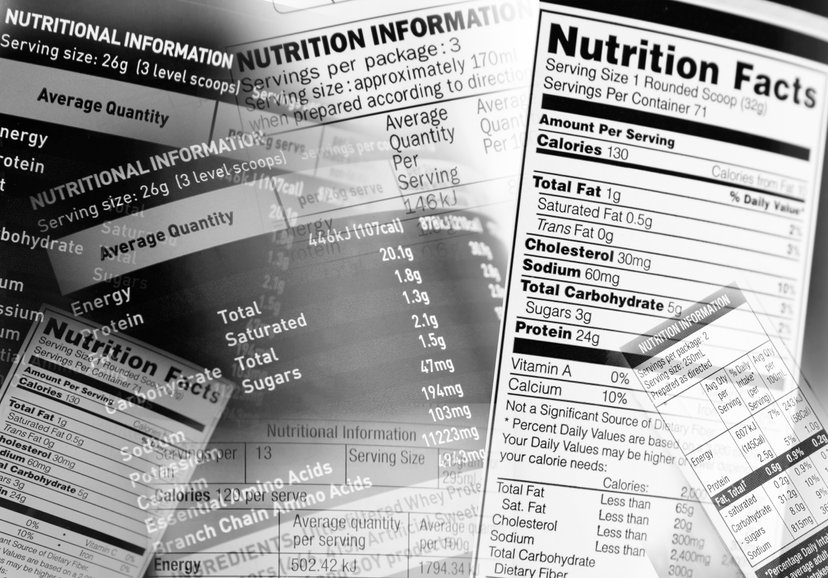The FDA is testing changes to food labels. It will test new package labels that could change how consumers make food choices
The United States Food and Drug Administration will test out labels on the front of food packages in the hope of giving shoppers better access to nutrition information, the agency said.
The goal is to address diet-related chronic disease by “empowering consumers with nutrition information to help them more easily identify healthier choices and encouraging industry innovation to produce healthier foods,” the FDA said in a recent regulatory filing.
The agency hopes to enact new regulations on labels by December, according to the filing.
Front of package labels would complement — not replace — traditional nutrition facts labels, with the intention of helping people with less nutritional knowledge identify foods that would be part of a healthy eating pattern, the FDA said in a June 14 statement.
Reasons for Changes to Food Labels
Why the changes to food labels? Most people don’t have enough nutritional knowledge to get the information they need easily from nutrition facts labels, said Natalie Mokari, a dietitian based in Charlotte, North Carolina.
“People are very familiar with looking at the calorie content, but that’s about the extent of it,” Mokari said. But when it comes to important nutrients like fiber and protein, the average consumer might not know exactly what to be looking for, she added.
Alice Lichtenstein, professor of nutrition science and policy at Tufts University, agreed that sorting out the facts about a food’s nutritional value is complicated.
“Nutrition information is complex and fraught with a considerable amount of misinformation and disinformation,” Lichtenstein said. “Someone doing a web search for information about a food will likely see a considerable amount of conflicting information. It is unlikely they will have the skills to sort the wheat from the chaff.”
What the New Labels Should Say
It’s not yet clear what the labels on the front of food packaging might say, but some types of information might be more helpful than others, Mokari said.
Noting that a food is “fat free,” for example, may lead some people to think a particular food is a healthy choice, when in fact fat is an important macronutrient, she said.
A person might see that one food is labeled as having lower calories than another, but not take into consideration the protein and fiber, which may be a better indicator of what would be a healthier choice for that person, she added.
It’s even more difficult if someone has a specific health concern or doctor-prescribed restrictions, since they might not have an easy time getting the micronutrient information for the food they are buying, Mokari said.
“Hopefully, before the system is finalized, there (will) be a considerable amount of testing to determine how different subgroups of the population interpret the information, particularly with different levels of health literacy,” Lichtenstein said.
What to do in the meantime: Go Mediterranean
Although eating patterns can be highly individualized — and some with specific health concerns should consult their doctors and dietitians — there are ways to balance people’s nutritional needs and desires.
The Mediterranean diet, which has been named the best diet for healthy eating for the sixth year in a row, could spark some ideas.
This non-restrictive style of eating focuses on simple, plant-based cooking, with the majority of each meal focused on fruits and vegetables, whole grains, beans and seeds, with a few nuts and a heavy emphasis on extra-virgin olive oil. Fats other than olive oil, such as butter, are consumed rarely, if at all, and sugar and refined foods are reserved for special occasions.
The Mediterranean diet has also been linked to stronger bones, a healthier heart and longer life, and it can reduce the risk for diabetes, high cholesterol, dementia, memory loss, depression and breast cancer.
Another benefit of Mediterranean eating: It emphasizes social meals and mindful enjoyment of your favorite foods.
Click here to read more about changes to food labels.






